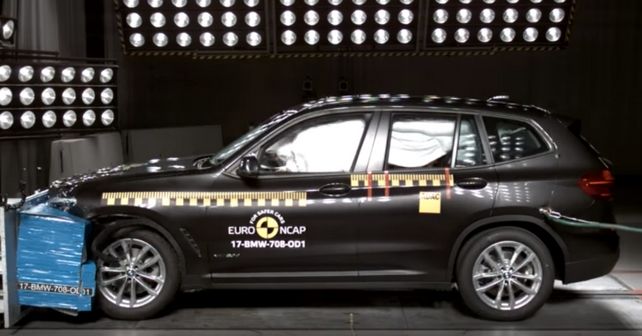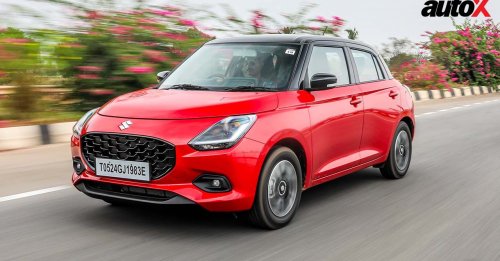
Meanwhile, we still wait for airbags and ABS to become mandatory in India.
According to the European Commission, while road fatalities in European Union (EU) have more than halved since 2001, 25,300 people still lost their lives on EU roads in 2017, and another 135,000 were seriously injured.
The Commission has therefore taken measures to contribute to safer roads in EU. It has is proposing that new models of vehicles will be equipped with advanced safety features, such as advanced emergency braking and lane-keeping assist system for cars or pedestrian and cyclists' detection systems for trucks.
In addition, the Commission is helping Member States to systematically identify dangerous road sections and to better target investment. These two measures are claimed to save up to 10,500 lives and avoid close to 60,000 serious injuries over 2020-2030, thereby contributing to the EU's long-term goal of moving close to zero fatalities and serious injuries by 2050 (Vision Zero).
The 11 safety system becoming mandatory in EU by 2021:
- Advanced emergency braking system
- Alcohol interlock installation facilitation
- Drowsiness and attention detection
- Distraction recognition and prevention
- Event (accident) data recorder
- Emergency stop signal
- Full-width frontal occupant protection crash test, plus improved seatbelts
- Head impact zone enlargement for pedestrians and cyclists, plus safety glass
- Intelligent speed assistance
- Lane-keeping assist
- Pole side-impact occupant protection
- Reversing camera or detection system
The European Automobile Manufacturers’ Association (ACEA) has welcomed this proposal, while stressing that some proposed measures will require further review to ensure a focus on the most effective solutions with the strongest positive outcome. “ACEA members acknowledge the importance of including additional safety features in new car types,” stated ACEA Secretary General, Erik Jonnaert.























Write your Comment